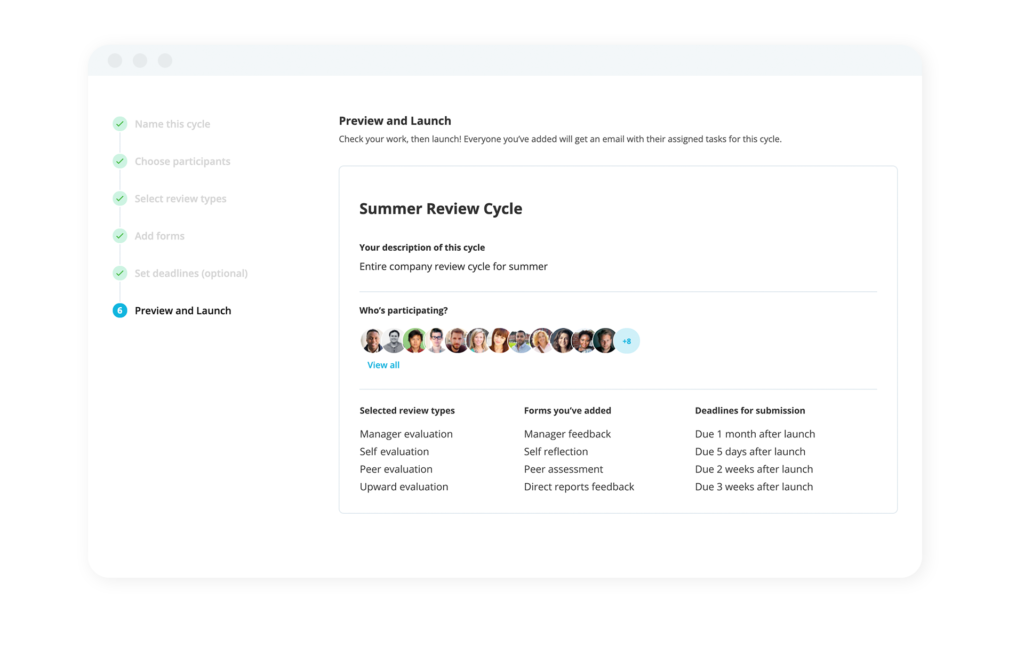What Is the Hackman and Oldham Model?

An employee losing interest in their job isn’t an uncommon scenario, but it still needs to be addressed. To help keep your workforce engaged, consider the Hackman and Oldham model used to shape day-to-day schedules. Learn more about the Hackman and Oldham model, its principles and how it’s applied to the workplace below.
Key Facts
The Hackman and Oldham Model is a method of designing employee tasks that has been used since its development in the 1970s.
Also called the Job Characteristics Model, it was created by the organisational psychologists Greg R. Oldham and J. Richard Hackman.
The model consists of five core elements businesses can use as a checklist to see if the assigned work is meaningful.
Contents
- 1What Is the Hackman and Oldham Job Characteristics Model?
- 2The 5 Elements of the Hackman and Oldham Job Characteristics Model
- 3Benefits of Using the Hackman and Oldham Model
- 4How Do You Apply the Hackman and Oldham Model?
- 5Frequently Asked Questions on the Hackman and Oldham Model
- 6Helping Make Work More Meaningful
What Is the Hackman and Oldham Job Characteristics Model?
The Hackman and Oldham Job Characteristics Model is a method of designing tasks in such a way that they can sustain employee motivation. This model was developed by the organisational psychologists J. Richard Hackman and Greg R. Oldham in the 1970s. It is based on the idea that a worker’s tasks are a key part of employee motivation.
The 5 Elements of the Hackman and Oldham Job Characteristics Model
The Job Characteristics Model describes five core job characteristics that positively affect employee satisfaction and performance. It states that, in order to maintain employee motivation, the tasks you give should include:
Skill Variety. The job should require employees to have multiple skills and competencies to ensure it doesn’t become too routine.
Task Identity. The job should have a clearly defined beginning and end. It informs employees that their tasks have a predetermined objective, which can increase their sense of fulfilment by making what they’ve accomplished more meaningful.
Task Significance. Employees should feel that their work has a decided impact on the company or society.
Autonomy. The job should be flexible enough to let employees decide how and when to complete it (within reason). Having control over their work can help increase job satisfaction.
Feedback. Employees should have ready access to feedback to give them an avenue to improve professionally.
Benefits of Using the Hackman and Oldham Model
The success of the Hackman and Oldham Model has made it a staple in workforce design since it was first created. So it stands to reason that following it can benefit your company and employees. Below are only a few advantages you can expect from this model.
1. Personal and Professional Development
The Hackman and Oldham model encourages employees to develop various skills to complete more complex tasks. The added challenge motivates workforces to acquire knowledge and talents that better their job performance.
This more rewarding employee experience often results in more well-rounded and productive workers eager to perform at their best.
2. Feeling of Doing Meaningful Work
The Hackman and Oldham model encourages managers to provide meaningful tasks to their employees as a method of motivation and keeping up employee morale.
Many people in your workforce may feel the effects of repeating the same tasks over and over and eventually lose engagement with the assignments at hand. That lack of engagement will negatively impact their performance.
Knowing that they play an important part in furthering the company’s goals or in contributing to society encourages them to be as productive as possible.
3. Employee Autonomy
Repetitive tasks with the same rote instructions every time tend not to hold any employee’s attention in the long run.
Task autonomy means giving your workforce more control over how and when they work, which helps keep them interested in the work.
Additionally, the ability to govern their own schedules helps mitigate the isolation that consistently following a routine can bring.
4. Improved Engagement
The elements of the Hackman and Oldham Model help increase employee engagement by introducing intrinsic motivators into their workdays.
While routines can be useful for some individuals, others can lose interest if there’s no variety over a long period of time. Boredom can mean that team members get distracted more easily, take longer to complete tasks or don’t complete them with the same quality.
The Hackman and Oldham Model helps create a stronger connection between your workers and their responsibilities, improving overall happiness in the workforce.
5. Increased Productivity
Higher employee engagement often increases productivity. Studies show a correlation between employee motivation and organisational performance, and the Hackman and Oldham Model capitalises on that.
By providing variety and chances to improve their skills, work becomes a more rewarding experience for employees and often drives them to work at their peak.
Free download: Our guide to building a great people strategy

When it comes to building a great people strategy, we took some of the leading best practices, examples and tips and put it into a single guide. It's all yours for free!
Get your copy nowHow Do You Apply the Hackman and Oldham Model?
The Hackman and Oldham Job Characteristic Model has been popular since its inception because of its effectiveness and ease of implementation. The five core elements of the model can be used as a checklist to determine if the company’s tasks follow those principles.
If your organisation utilises job rotation, the Hackman and Oldham model can help ensure employees are in different enough roles.
There’s also a component of job enrichment, in which you ask employees to apply what they’ve learned to teach others as a way to keep them engaged.
Frequently Asked Questions on the Hackman and Oldham Model
What Are the 5 Elements of the Hackman and Oldham Model?
The five elements of the model are:
skill variety
autonomy
task identity
task significance
feedback
What Are the Advantages of the Job Characteristics Model?
The main advantages that using the Job Characteristics Model grants the company are higher employee engagement and productivity.
How To Use Job Characteristics Model To Motivate Employees?
The Hackman and Oldham Job Characteristics model has five core elements you can use as a checklist. Doing so helps ensure that your tasks are as varied and motivating as possible for your workforce. Use the five elements of the model as a checklist against the job description and associated tasks.
Helping Make Work More Meaningful
One of the key pillars required for the Hackman and Oldham Model to be as effective as possible is feedback. Constructive criticism motivates employees to improve their skills and grow professionally, giving meaning to the work they do.
Using the right software, like Personio, you can easily integrate comprehensive feedback into an employee’s everyday life. Schedule a consultation to learn more about how Personio works.
Disclaimer
We would like to inform you that the contents of our website (including any legal contributions) are for non-binding informational purposes only and does not in any way constitute legal advice. The content of this information cannot and is not intended to replace individual and binding legal advice from e.g. a lawyer that addresses your specific situation. In this respect, all information provided is without guarantee of correctness, completeness and up-to-dateness.

